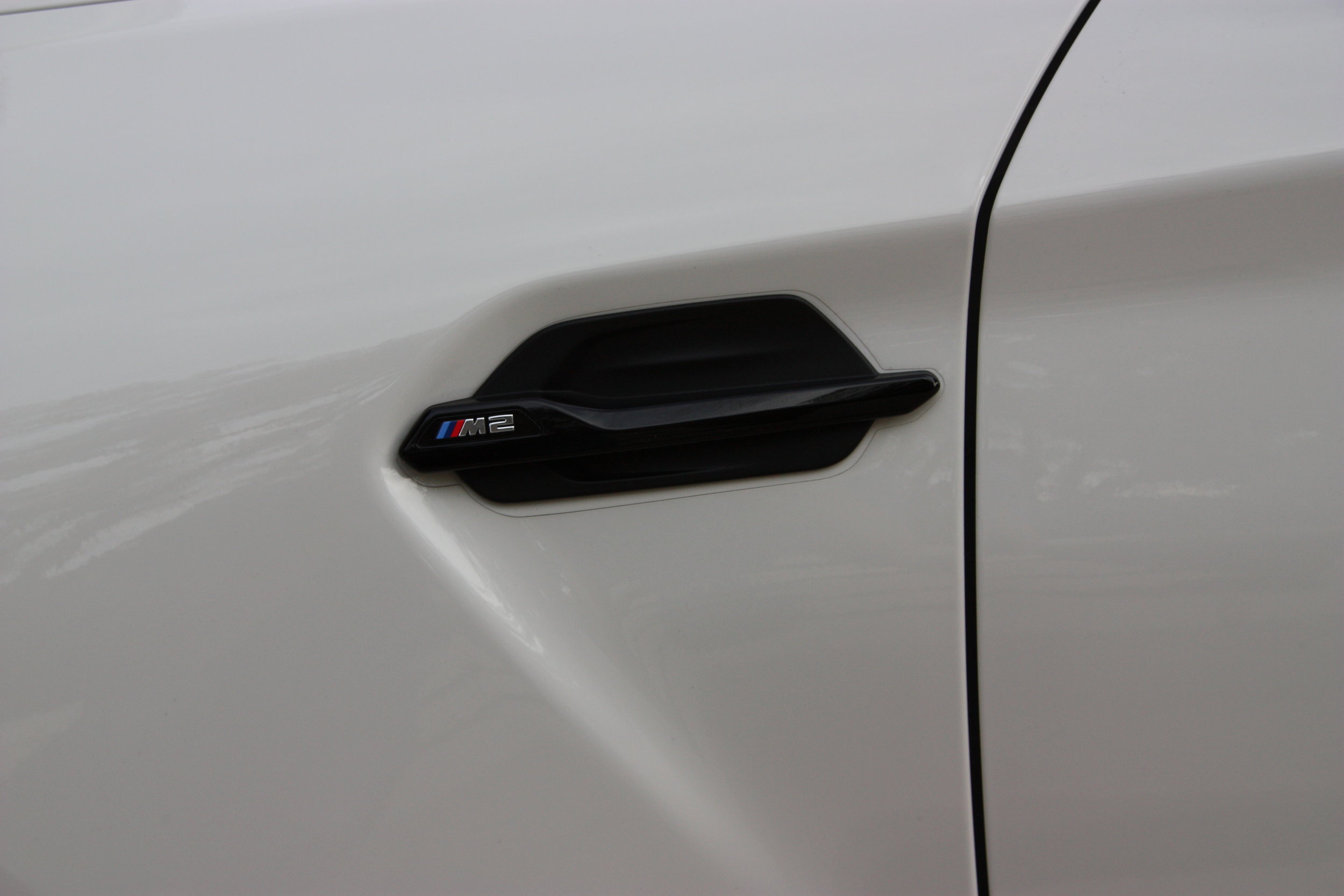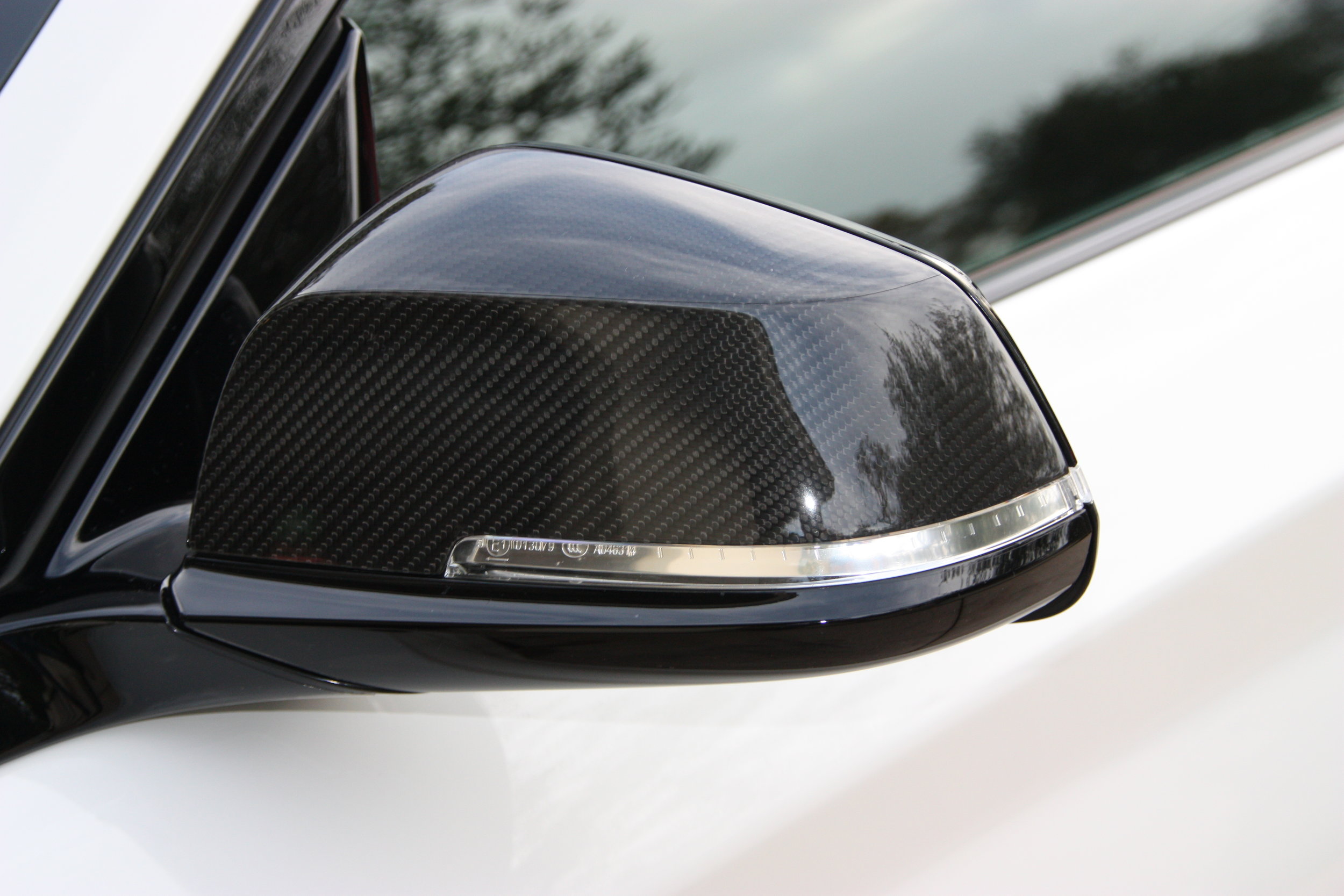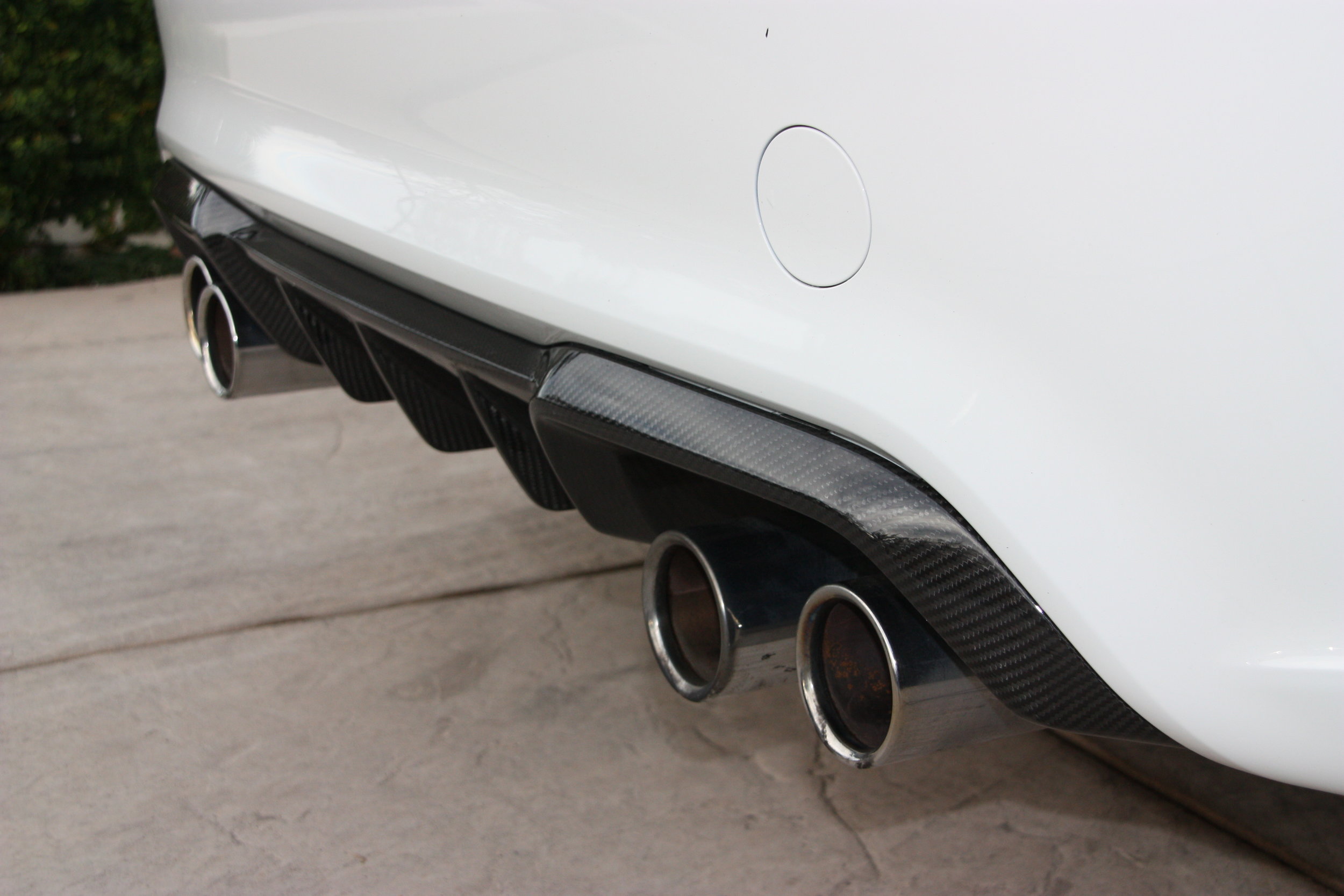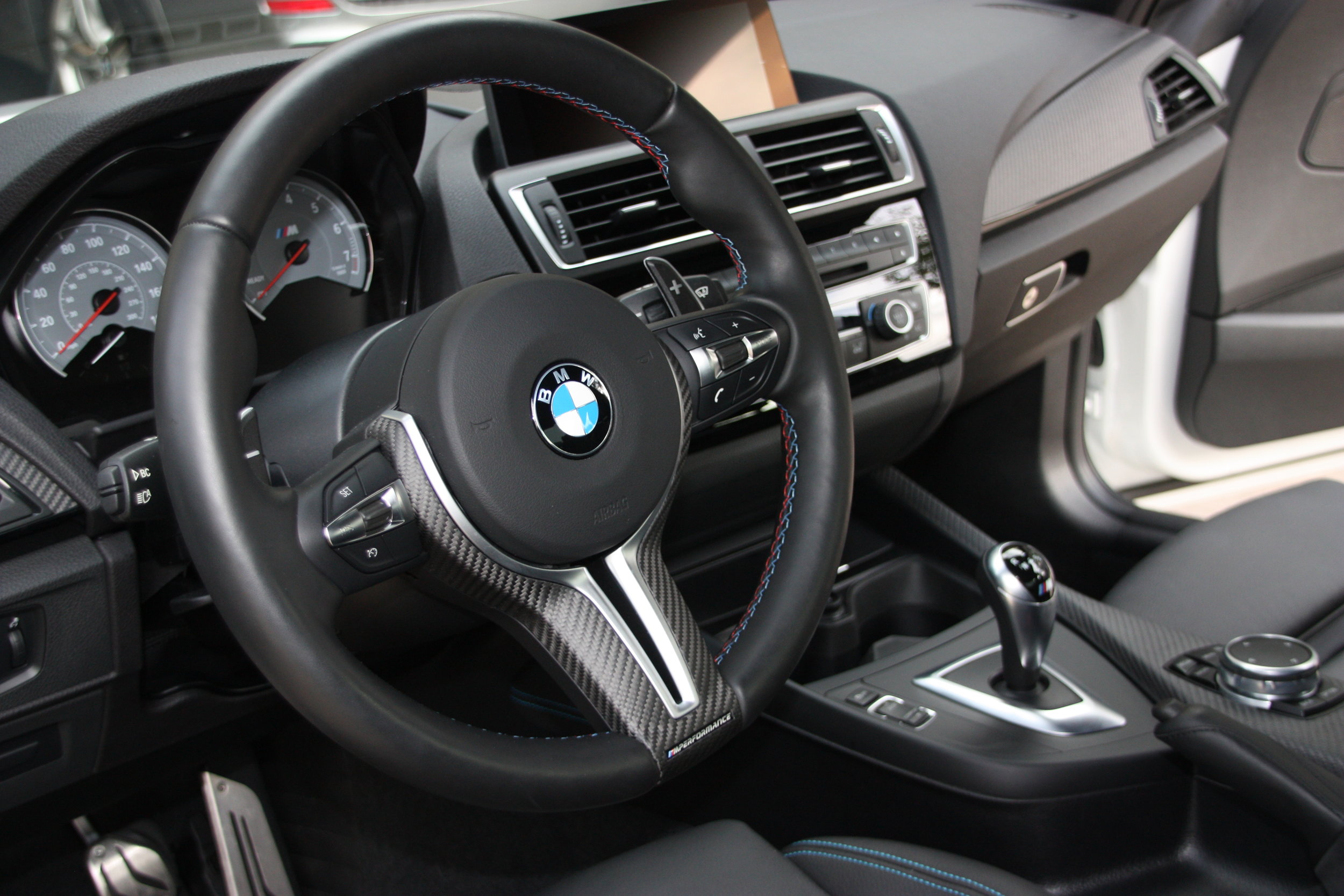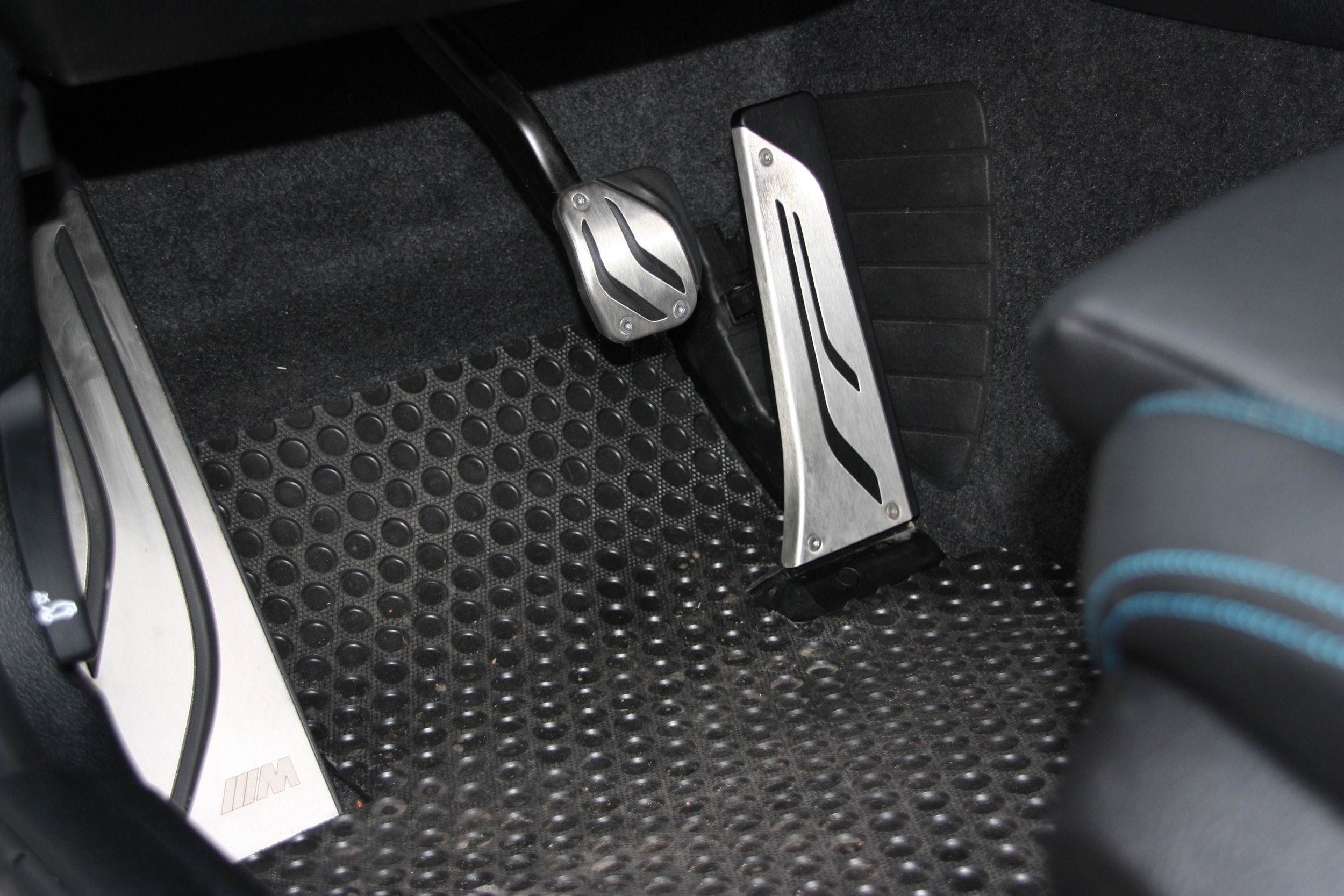I have already done some coding and tuning but I did not go very extreme right away as I wanted to see how the car performed closer to stock. Now that I have done a handful of track days in this car I decided to code/tune a few more things. Here is what I had previously done:
Engine Tune
Coding
Disabled legal disclaimers (BimmerCode)
Disabled seatbelt chimes and lights (BimmerCode)
Folding mirrors on comfort access lock (BimmerCode)
Unfold mirrors on comfort access unlock (BimmerCode)
Radio/nav turns off when door is opened (BimmerCode)
Enable brake force braking lights (BimmerCode)
Euro MDM (CodeMyCar)
Disable TPMS (CodeMyCar)
Remove all remaining seat warnings (CodeMyCar)
The Euro MDM was a huge improvement over the US MDM. The Euro settings are far less restrictive for aggressive street driving but still not great for the track. If you are just starting out on the track the Euro MDM settings might be perfect, but as you pick up speed on the track and start to push the car you will find the Euro MDM settings still a bit too aggressive on the exit of the turns. I track my car in Sport+ mode which still allows some nannies to take over at times. This is not ideal, and frankly I need to simply turn all the nannies off on the track, but if you still want to hold onto some form of a safety net the Sport+ mode is pretty good.
The best way to keep some nannies but to have the car set up for the track is to code in the M4 GTS settings for MDM, steering, differential, and the DCT. You can have an outfit like CodeMyCar do this for you remotely by hooking up a laptop to your OBDII…..or you can do it yourself if you use something like Thor - The M Flasher. Thor uses an OBDII bluetooth adapter and a smartphone app so that you can change the settings between stock, aggressive street, and track. This method costs a bit more than the usual remote coders but I like that I can do it myself at any time without needing to schedule an appointment. This also allows you to switch back and forth between settings with a quick (10-15 minute) code refresh. So at the moment I have changed out the Euro MDM for the GTS MDM along with the GTS settings for steering, diff, and the DCT. Now it is time to go test out the new settings (off to Sonoma Raceway).
UPDATE 11/12:
Yesterday I was out at Sonoma shaking down the SVMC M2. I was running with the M4 GTS mappings and I have to say they are nice. I honestly can’t say I noticed a huge difference between those mappings and the Euro mappings but my impression is that in Sport+ (most traction control turned off) the car slipped when it should, didn’t slip when it shouldn’t, shifted fast, and handled well. So if you are looking for the most aggressive settings for the track I would recommend the M4 GTS mappings. One down side to Thor’s M Flasher…..when I flashed the M4 GTS mappings it re-enabled my previous TPMS delete. So that makes the entire day I had my TPMS alarm going off but it did not impact the car. Now I have to work with Code My Car again to get the TPMS disabled again.




